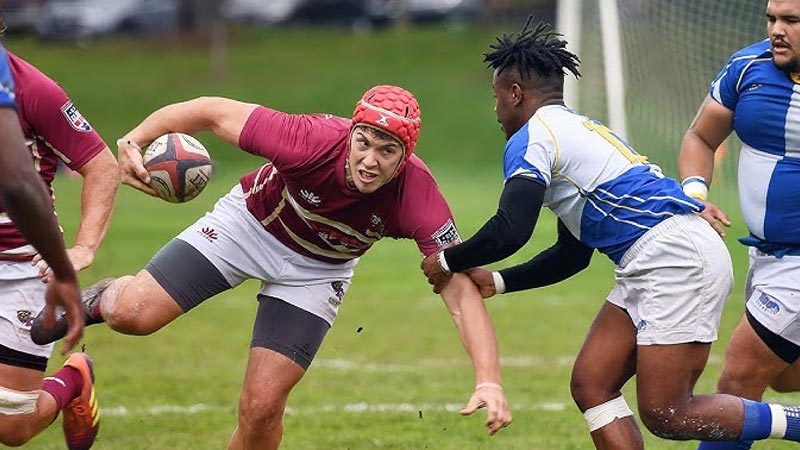In Rugby, the term “cap” holds a hallowed place, signifying a pinnacle achievement for players. Unlike the headgear it may sound like, a rugby cap isn’t something you wear; it’s a prestigious accolade.
When a rugby player earns a cap, it signifies their participation in official test matches while representing their national team. These test matches are the zenith of international rugby, featuring nations vying for supremacy.
Caps serve as badges of honor, recognizing a player’s dedication, skill, and commitment to their country’s cause on the rugby field.
In this article, we’ll delve into what earning a cap means in the world of rugby, exploring its significance and the legacy it creates for players and their fans.
What Does Cap Mean in Rugby?
In rugby, the term “cap” refers to a significant milestone in a player’s international career. Earning a cap is a prestigious achievement and signifies that a player has represented their national team in an official test match.
These test matches are typically played against other national teams and are the highest level of competition in rugby.
Here are some key points to understand about caps in rugby:
Definition
A rugby cap is not a physical object but a symbolic representation of a player’s international appearances for their national team.
Each time a player participates in an official test match, they earn a cap. This cap is often metaphorical, but in some cases, players may receive an actual cap as a keepsake or souvenir.
Significance
Earning a cap is a significant achievement in a rugby player’s career. It signifies that they have reached the pinnacle of the sport by representing their country at the international level. Players often dream of wearing their national jersey and earning their first cap.
National Team Representation
In order to earn a cap, a player must be selected to play for their national team in a test match. Test matches are official international games where national teams compete against each other.
These matches include prestigious tournaments like the Six Nations, Rugby Championship, and the Rugby World Cup.
Accumulating Caps
As a player continues to represent their national team in test matches, they accumulate caps over the course of their career.
The number of caps a player earns is a measure of their experience and dedication to their national team. Some players aspire to reach milestone numbers of caps, such as 50 or 100, which are indicative of a long and successful international career.
Recognition
Earning a cap is a moment of recognition and pride for both the player and their family. It acknowledges the hard work, skill, and dedication that the player has put into their rugby career.
Records and Legends
Players with the highest number of caps often become legends of the sport. They are celebrated for their longevity and consistent performance at the international level.
The record for the most international caps is closely followed by rugby enthusiasts, and players who break such records are remembered for generations.
Legacy
The caps a player accumulates throughout their career contribute to their legacy in the sport. They become part of their rugby identity and are a source of pride not only for the player but also for their fans and country.
History of Cap in Rugby
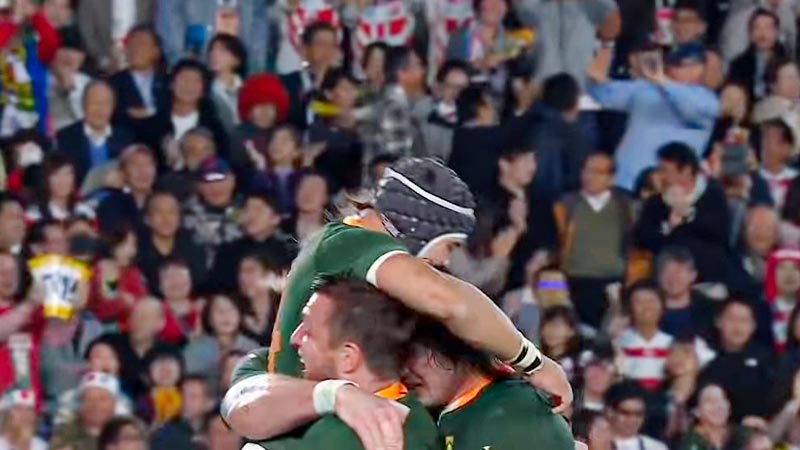
The tradition of awarding caps in rugby has a rich history that dates back to the 19th century.
The term “cap” originally referred to an actual head covering or cap that players were given as a symbol of their achievement when they represented their national team in an international match.
Here’s a brief history of caps in rugby:
Early Origins
The practice of awarding caps in rugby can be traced back to the mid-1800s. In these early days, rugby was still evolving, and international matches were infrequent.
First International Match
The first recognized international rugby match took place in 1871 between England and Scotland. It was during this match that the tradition of awarding caps began.
The Scottish players were presented with dark blue velvet caps with a white thistle emblem to commemorate the occasion.
Expansion of the Tradition
As rugby grew in popularity and more nations started playing international matches, the tradition of awarding caps spread. Each country developed its own unique cap design and presentation ceremony.
Symbol of Honor
Caps became highly esteemed symbols of honor and pride for rugby players. Earning a cap signified that a player had achieved the highest level of recognition in the sport and had represented their country on the international stage.
Record-Keeping
National rugby unions began to keep official records of caps awarded to players. These records included the date of the match, the opponent, and the player’s name, making caps a matter of historical record.
Modern Era
In the modern era of rugby, the practice of awarding physical caps has largely faded away. Instead, players’ caps are recorded in official records, and players may receive commemorative caps or other symbolic tokens of their achievement.
Milestones
Players often set milestones for themselves in terms of the number of caps they aim to achieve. For example, reaching 50 or 100 caps is a significant achievement and is celebrated in the rugby community.
Continued Significance
While the physical caps may no longer be presented, the tradition of earning caps and the associated records remain a fundamental part of rugby culture.
Caps continue to be a source of pride for players and a mark of their dedication to their national teams.
Types of Rugby Caps
In rugby, there are several types of caps that players can earn throughout their careers. These caps represent various achievements and milestones in a player’s international rugby journey.
Here are some of the most common types of rugby caps:
Test Caps
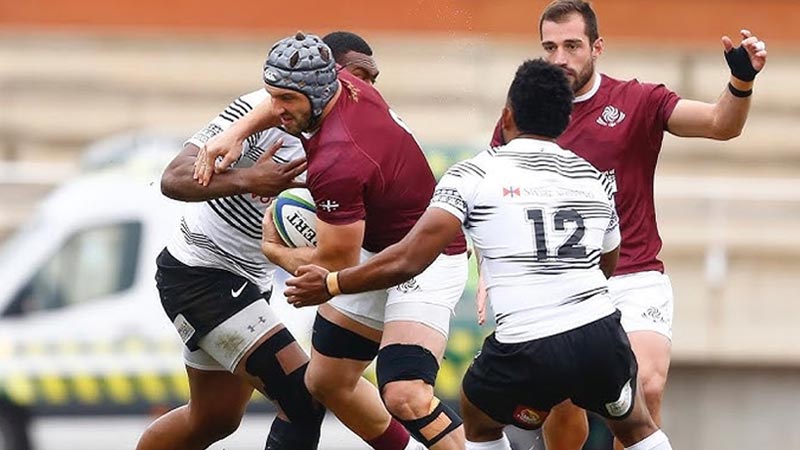
These are the most coveted caps in rugby. A test cap is earned when a player represents their national team in an official test match.
Test matches are international games where national teams compete against each other. These caps symbolize a player’s participation in the highest level of rugby and are often highly prized.
Tour Caps
Some rugby nations award special caps to players who participate in overseas tours with the national team. These caps recognize a player’s contribution to the team during a specific tour, which may involve a series of matches in different countries.
Centurion Cap
This is a special cap awarded to a player who has made 100 or more appearances for their national team in test matches.
Achieving 100 caps is a rare and remarkable accomplishment, and players who reach this milestone are celebrated as legends of the sport.
Five/Six Nations Cap
In the context of the Six Nations Championship (or Five Nations, before Italy’s inclusion), some countries award unique caps to players who participate in this prestigious tournament.
These caps often have distinct designs or features to commemorate a player’s involvement in the competition.
Rugby World Cup Cap
Some nations may have special caps or awards for players who have represented their country in Rugby World Cup tournaments. These caps highlight a player’s participation in the sport’s premier global event.
Club or Provincial Caps
In addition to international caps, players may also receive caps or awards from their club or provincial teams for reaching certain milestones or achievements within those organizations. These caps recognize a player’s dedication and service to their club or province.
Representative Caps
In some rugby regions or countries, players may earn caps for representing a regional or representative team.
These caps acknowledge a player’s contributions to the development and competitiveness of rugby at various levels.
Special Commemorative Caps
Occasionally, special caps may be awarded for specific events or achievements, such as a player’s first international appearance, a significant win, or a historic milestone.
How Club Caps Differ From International Caps?
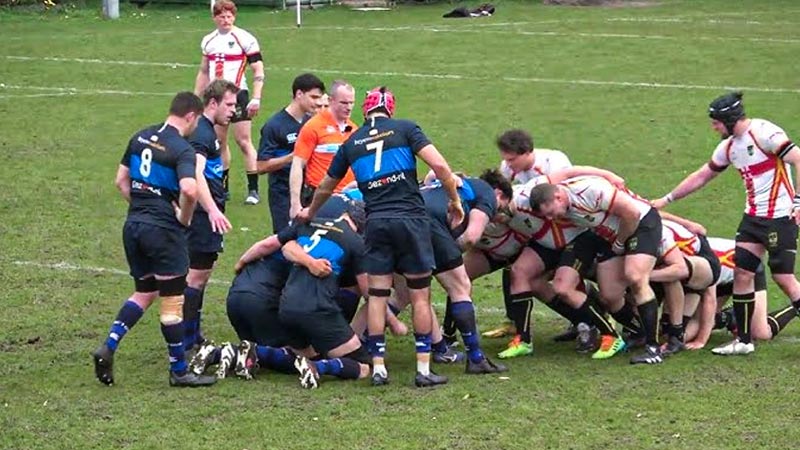
Club caps and international caps in rugby are both significant accolades but have distinct differences in their meaning and significance.
Here’s how they differ:
Representation
- International Caps: International caps are earned when a player represents their national team in official test matches against other countries. These caps signify a player’s participation at the highest level of the sport and are a testament to their excellence on the international stage.
- Club Caps: Club caps, on the other hand, are earned by representing a specific club or provincial team in domestic or regional competitions. These caps recognize a player’s contributions to their club or province and are earned in matches within their country.
Level of Competition
- International Caps: International caps are awarded for competing in the most prestigious and highly competitive rugby matches, where national pride and honor are at stake. International matches often have a higher level of intensity and scrutiny.
- Club Caps: Club caps are earned in domestic leagues, regional competitions, and club-level tournaments. While these competitions can be highly competitive, they do not carry the same level of national prestige as international matches.
Geographic Scope
- International Caps: International caps are earned while representing one’s country and competing against other nations, making them a symbol of international recognition.
- Club Caps: Club caps are specific to the club or provincial team and are earned within the context of domestic or regional competitions. They are not linked to national team representation.
Achievements and Records
- International Caps: The number of international caps a player accumulates is often a key indicator of their experience and longevity at the highest level of the sport. Players with many international caps are highly respected and may be considered legends of the game.
- Club Caps: Club caps are a measure of a player’s loyalty and dedication to their club or provincial team. Earning a high number of club caps often signifies a long and successful club career but does not carry the same weight as international caps in terms of overall recognition in the rugby community.
Historical Significance
- International Caps: International caps have a deep historical and cultural significance in rugby. Earning an international cap is a dream for many rugby players, and it is a symbol of representing one’s country on the world stage.
- Club Caps: Club caps also hold significance within the context of a player’s club or province, and they may be celebrated locally, but they do not have the same level of global recognition as international caps.
Why Is It Called a Cap in Soccer?
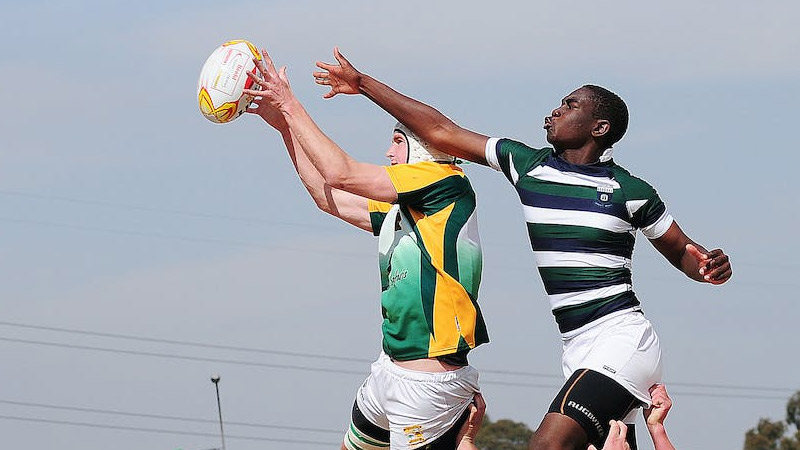
In soccer, the term “cap” is used in a similar way as in rugby, but it has a slightly different historical origin.
In soccer, a “cap” refers to the recognition of a player’s participation in an official international match representing their national team.
Here’s why it’s called a “cap” in soccer:
Origins in Headgear
The term “cap” in soccer has its roots in the tradition of awarding players a physical cap, or hat, as a symbol of their international achievement.
In the early days of international soccer, it was common for players to receive a cap (often a literal cap or hat) with the national team’s emblem or colors on it after making their international debut.
Recognition and Tradition
These caps were given to players to mark their inclusion in the national team for a specific match.
It was a way to honor and recognize their contribution to the team and to commemorate the occasion. This practice dates back to the 19th century when international soccer was first formalized.
Evolution
While the practice of awarding physical caps has largely disappeared in modern soccer, the term “cap” remains in use as a symbolic representation of a player’s international appearances.
Instead of receiving a physical cap, players now have their caps recorded in official records, and the number of caps a player earns is a measure of their experience and dedication to the national team.
Legacy
Just like in rugby, earning a cap in soccer is a significant achievement. It signifies that a player has reached the highest level of competition by representing their country in international matches.
The number of caps a player accumulates over their career is a testament to their commitment and skill.
FAQS
What’s the significance of earning a cap in rugby?
Earning a cap in rugby is a mark of honor and recognition. It signifies a player’s participation in official international test matches, representing their national team at the highest level of the sport.
Are caps only awarded in senior international matches?
While most caps are earned in senior international test matches, some nations also award caps for participation in age-grade international matches, such as Under-20 internationals, recognizing a player’s development and potential.
Do players receive physical caps today, or is it symbolic?
In the past, players received physical caps, often in the form of hats, but today, it’s more symbolic.
Caps are recorded in official records, and players may receive a ceremonial cap or an award in recognition of their achievement.
What’s the significance of reaching a milestone like 50 caps or 100 caps?
Reaching milestones like 50 or 100 caps is a testament to a player’s dedication and longevity in international rugby.
It places them among the elite few and is a source of immense pride for the player and their fans.
Do female rugby players earn caps in the same way as male players?
Yes, female rugby players earn caps in the same manner as male players.
Wrap Up
In the realm of rugby, a cap transcends mere headwear; it symbolizes the pinnacle of a player’s international journey. Earning a cap is an aspiration shared by rugby enthusiasts worldwide, marking the moment a player dons their national jersey for an official test match.
These cherished tokens represent dedication, skill, and the honor of representing one’s country at the highest level of competition.
The legacy of caps, whether for test matches, tours, or special milestones, weaves a tapestry of rugby history, preserving the names of legends and serving as a beacon for aspiring players.
In rugby, a cap isn’t just a number; it’s a testament to the passion, sacrifice, and pride that define this beautiful sport.

